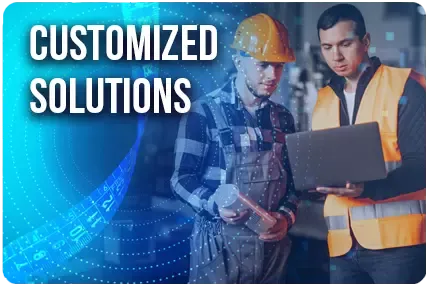Detailed articles
Discover our detailed articles
At the heart of our expertise and know-how, we share detailed articles on the topics that shape our daily lives.

You have a very specific project, very precise needs, need expertise ? Let's talk !
Contact us